Let’s be honest RFPs (Requests for Proposals). They’re like that awkward family gathering you kinda dread but know you gotta go through. Nobody loves them but they’re a necessary evil in the world of business. So how do we navigate this beast and maybe even make it a little less painful? Let’s talk about seven crucial things to consider before unleashing your next RFP into the wild.

1. Spill the Budget Beans (or at Least a Hint!)
I get it.
You’re probably thinking “Why would I give away my budget? That’s my leverage!” And yeah that’s the classic thinking right? But hear me out.
Withholding your budget often leads to a bunch of wildly different proposals making comparisons nearly impossible.
It’s like comparing apples and spaceships—not exactly a fair fight.
Think about it from the agency’s perspective.

They’re pouring hours into crafting a response only to potentially discover their proposed approach is completely out of your price range.
That’s a waste of everyone’s time and energy.
Giving a budget range even a broad one helps agencies tailor their proposals to your reality.

It streamlines the process saves you time and lets you focus on the truly important stuff: finding the right partner not just the cheapest quote.
Plus agencies can then focus on how they’d add value instead of wasting time trying to fit a square peg in a round hole.
It’s less guesswork more efficiency.
Why This Matters: A Deeper Dive
Seriously consider this: A vague RFP leads to wildly different interpretations of your needs.
Some agencies might assume a massive budget and go all out with elaborate expensive strategies while others might assume a shoestring budget and offer something far too basic.
Psst! 👋 Think RFPs are a drag? Yeah, we get it. But what if you could make ’em way less painful? 🤔 This guide’s got the secrets to crafting an RFP that actually attracts awesome agencies, not just a bunch of generic responses. Want to ditch the RFP headache and find your dream marketing partner? 🚀 Check out these pro tips!
Both approaches are unhelpful.
By setting a reasonable budget range you’ll receive proposals that actually align with your financial capabilities making for a far more productive review process.
This means you get better solutions and agencies get to focus their creativity on what they can realistically achieve leading to both better outcomes and fewer headaches.

You’re not just saving money you’re optimizing the entire process.
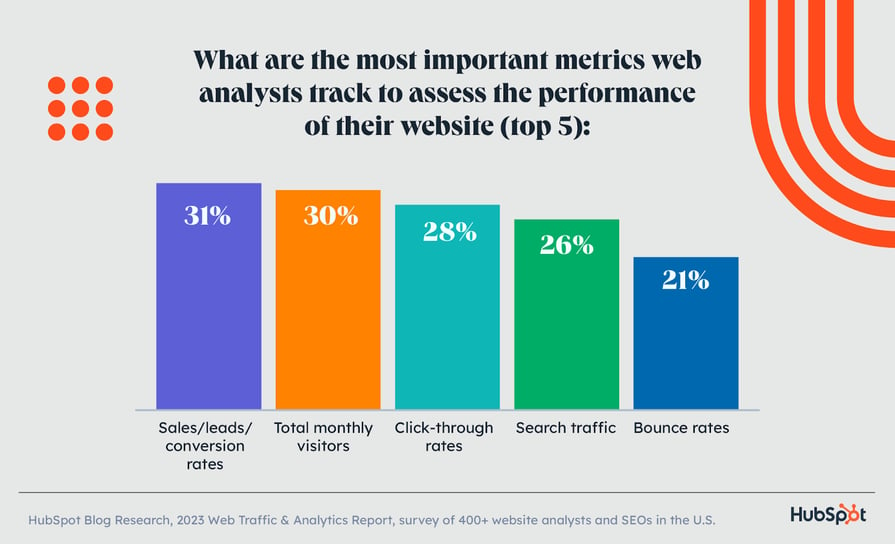
Trust me on this one.
I’ve learned this lesson the hard way… more than once.
2. Lay Bare Your Problems Not Just Your Wants
Instead of just listing what you want highlight the specific challenges you’re facing. What marketing strategies are failing? Is your website underperforming? Be honest about your pain points.
This approach helps agencies understand the actual problem not just the symptom. It pushes them to think creatively and come up with tailored solutions. It’s less about them guessing what you need and more about them demonstrating their problem-solving prowess. You’re not just getting ideas; you’re getting strategic actionable plans. This process helps weed out the agencies who just want to check a box and makes room for the ones who will actually help you. Think of it like this: if you only describe a headache a doctor will only give you a pain reliever; by explaining the cause of the headache they can give you a truly effective treatment.
The Value of Problem-Focused RFPs
Imagine sending an RFP saying: “We need a better website”. This is too general.
Now imagine this: “Our current website’s conversion rate is abysmal we need to increase engagement and sales are down by 15% this quarter.
We believe our web design and UX/UI are contributors.
Psst! 👋 Think RFPs are a drag? Yeah, we get it. But what if you could make ’em way less painful? 🤔 This guide’s got the secrets to crafting an RFP that actually attracts awesome agencies, not just a bunch of generic responses. Want to ditch the RFP headache and find your dream marketing partner? 🚀 Check out these pro tips!
Our customer personas are . Please tell us how you will solve this”. See the difference? The latter gives agencies the context to propose real solutions.
They can analyze your current situation understand your target audience and present strategies focused on improving your specific metrics.
It’s less about creating a pretty website and more about achieving tangible results which is the whole point right?
3. Time is of the Essence (Respect Deadlines People!)
This might sound obvious but setting realistic deadlines for both the agencies and yourself is crucial.

If you give agencies two weeks to respond stick to your end of the bargain.
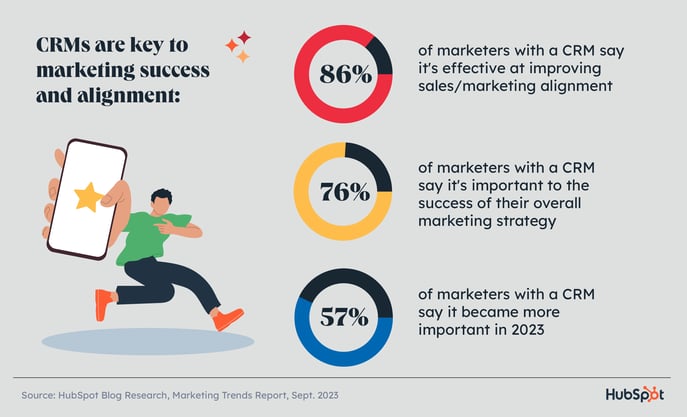
Missing your own deadlines is incredibly unprofessional and shows a lack of respect for the agency’s time and effort.
Remember agencies are juggling multiple projects and clients.
Respect their time and they’ll be far more likely to deliver high-quality responses.
Think of it as building a foundation for a strong working relationship.
It all starts with mutual respect and consideration.
Why Punctuality Matters More Than You Think
Seriously respecting deadlines fosters trust and professionalism leading to better collaboration down the line.

If you’re consistently late or disorganized agencies will start to view you as a high-maintenance client and that’s not the kind of reputation you want.
Plus adhering to deadlines ensures you can stay on track with your project timeline preventing costly delays and frustrations.
It creates a smooth workflow that benefits both you and your agency partner.
4. Budget Transparency: A Win-Win Scenario
Even if you’re unsure of your exact budget having a ballpark figure in mind is invaluable.

Sharing a maximum budget or even a range gives agencies a clear understanding of the project’s scope and your spending limits.
This will help the agency align their proposed solutions with your financial resources ensuring they aren’t wasting time on unrealistic options.
It’s not about revealing your entire financial plan; it’s about setting reasonable boundaries.
This clarity helps you evaluate proposals on their merits instead of wondering if the budget would even allow for it.
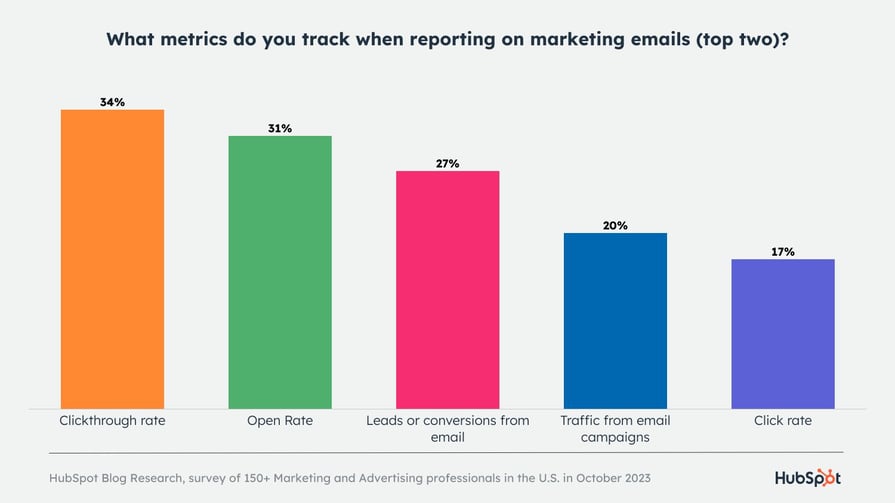
It’s like knowing the restaurant budget before ordering from the menu.
It doesn’t mean you’ll pick the cheapest item but it will influence your choices.
The Power of Budget Guidance
Remember agencies aren’t just proposing prices; they’re proposing solutions. A transparent budget allows for more realistic and effective solutions. You avoid a scenario where an agency proposes a brilliant strategy that you simply can’t afford. It avoids unpleasant surprises later and ensures a more productive relationship from the start. Consider it a preventative measure saving you stress and ensuring alignment.
5. Go Digital Embrace the Future (and Save Some Trees!)
Seriously unless there’s a compelling reason for paper copies (like a deeply ingrained company policy) please submit your RFP digitally.


Agencies will appreciate the convenience and it saves time and resources for everyone involved.
We’re not in the 1990s anymore people.
The Eco-Friendly & Efficient Choice
Digital submission eliminates the hassle of printing mailing and storing physical documents.
This not only benefits agencies but also contributes to environmental sustainability.
It’s a small change with a big impact on both efficiency and the planet.
It might be a small gesture but it showcases your commitment to efficiency and environmental responsibility which creates a positive impression.
6. Be Intentional or Don’t Play the Game at All
Let’s talk about RFPs that are just fishing expeditions.

If you’re not seriously considering awarding the project to someone don’t waste everyone’s time.
Agencies are busy; they’re not going to jump through hoops just for you to compare quotes and walk away.
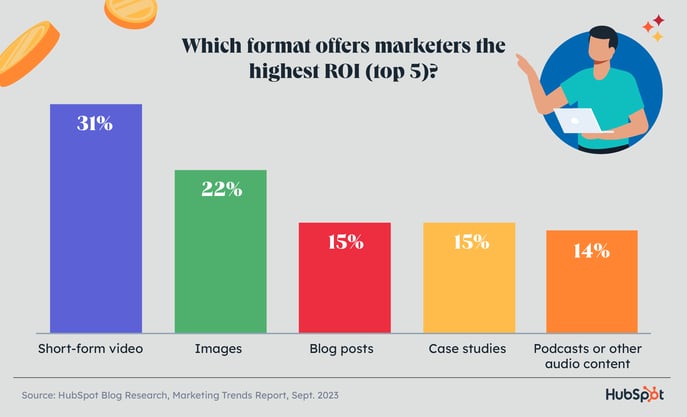
It’s simply respectful to be upfront about your intentions.
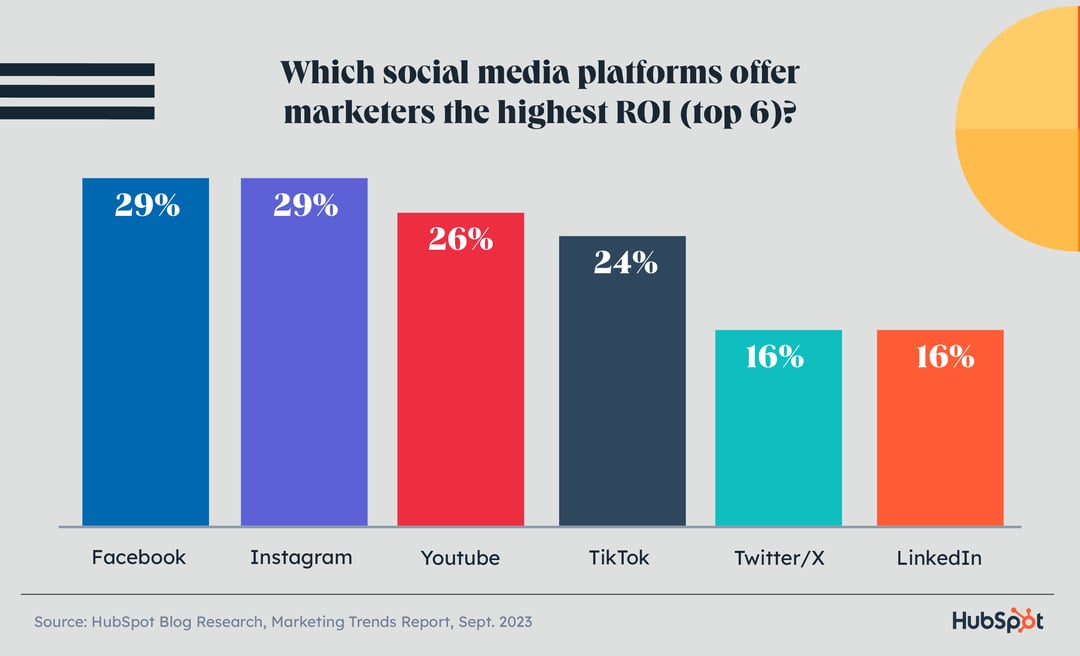
If you need help with budget justification or internal persuasion say so! Agencies might be willing to help you with that especially if they know there’s a real chance of winning your business.


It’s always better to have a candid conversation than to play games.
The Ethics of RFPs
Using RFPs just to gather information or to compare prices without any intention of awarding a contract is unethical.
This behavior erodes trust between businesses and agencies.

Building a strong relationship should be built on trust and mutual respect and this kind of behavior goes against that and it makes everyone miserable.
It leads to frustration and distrust and that is never a good foundation for a successful working relationship.
7. Consider the Scope of Work: Don’t Fragment Your Project
If you’re thinking about splitting up your project between in-house teams and agencies consider the potential drawbacks.
Check our top articles on 7 Things to Consider Before Issuing Your Next RFP
Working with a single integrated agency can often lead to better synergy creativity and overall results.
While it might seem cheaper to do some parts in-house it might ultimately cost you more in the long run due to inefficiency poor integration and missed opportunities.
The Potential Pitfalls of Fragmentation
Think about the implications of splitting things up.
How will your in-house team and the agency communicate and coordinate? Will there be conflicts over creative direction or technical specifications? Will it be a seamless operation or a clumsy time-consuming struggle? It takes skill and strategy to successfully integrate different teams and that integration can easily be undermined by lack of planning and cooperation.
And you don’t want to deal with those problems.
By carefully considering these seven points you can transform your next RFP process from a dreaded chore into a strategic opportunity to build a strong productive partnership.
Psst! 👋 Think RFPs are a drag? Yeah, we get it. But what if you could make ’em way less painful? 🤔 This guide’s got the secrets to crafting an RFP that actually attracts awesome agencies, not just a bunch of generic responses. Want to ditch the RFP headache and find your dream marketing partner? 🚀 Check out these pro tips!
Remember it’s about finding the right fit not just the cheapest option.
And a well-executed RFP is the first step toward that goal.
Good luck! You got this!

